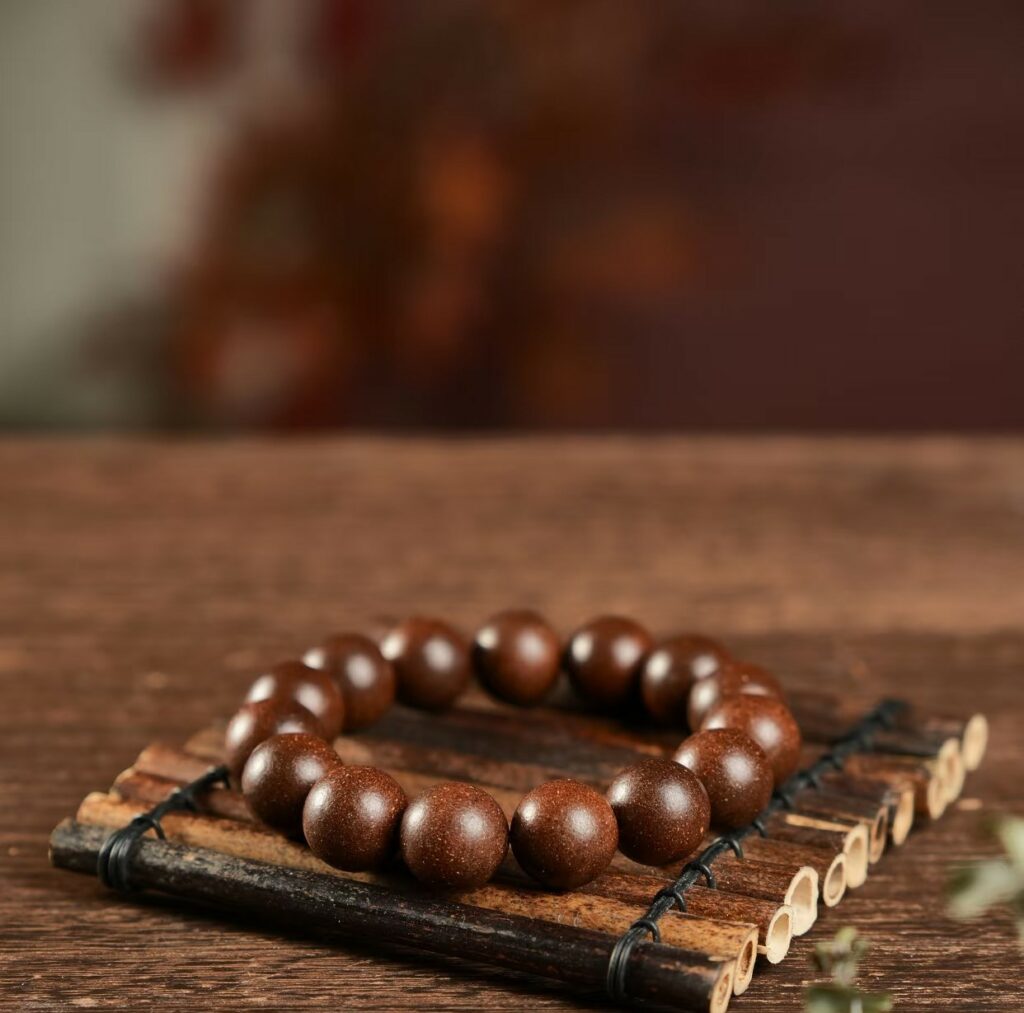What Is True Blended Incense?
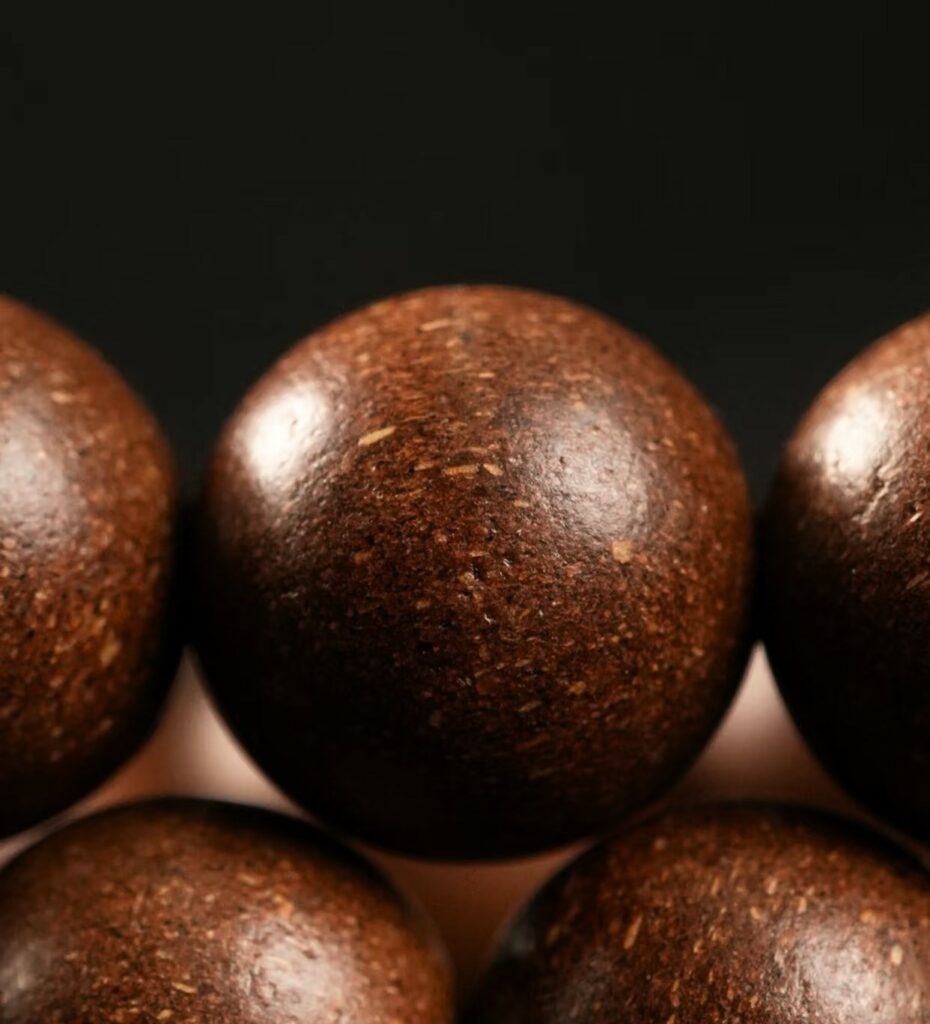
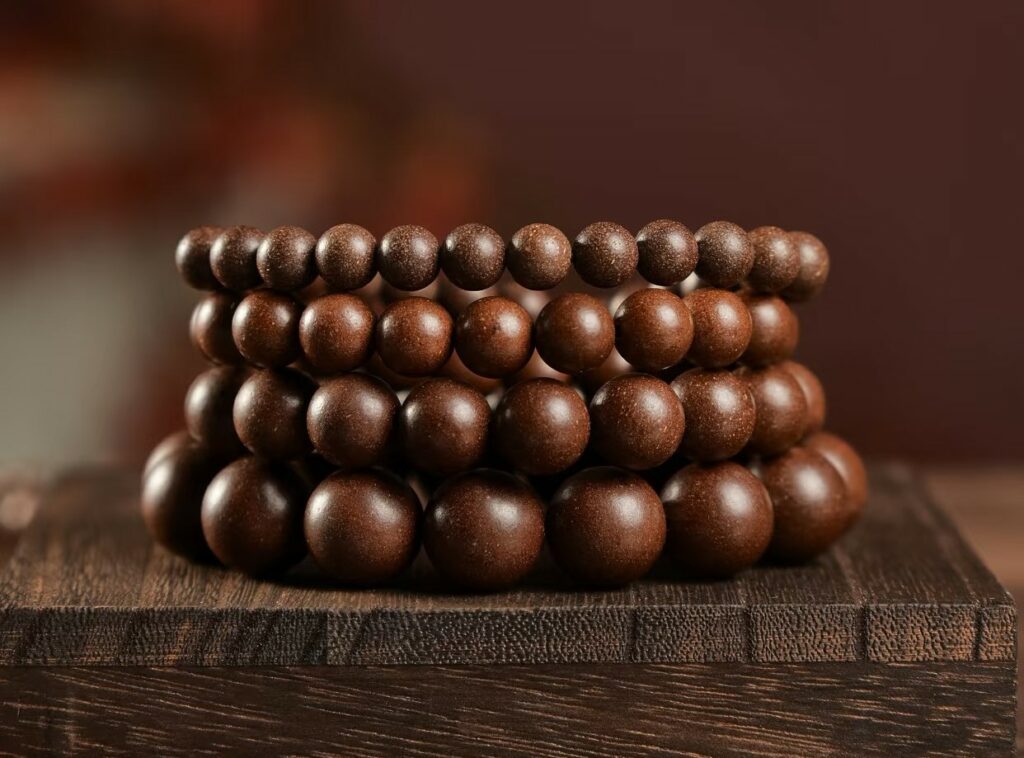
Scented Incense is often perceived in the modern world as a simple stick of fragrance—something to light for atmosphere, meditation, or ritual. Yet behind this commonplace image lies a tradition that is profound, intricate, and deeply rooted in the cultural history of East Asia. At the heart of this heritage stands the concept of blended incense, particularly in its highest form known as condensed blended incense, a craft recognized as part of intangible cultural heritage.
Four Ways of Appreciating Scented Incense:
- Fragrance Cloud - Meeting the Incense Directly
- Fragrance Resonance - Listening to the Echo of Scent
- Fragrance Essence - Walking into the Incense
- Lingering Fragrance - The Echo After the Flame
Incense is often perceived in the modern world as a simple stick of fragrance—something to light for atmosphere, meditation, or ritual. Yet behind this commonplace image lies a tradition that is profound, intricate, and deeply rooted in the cultural history of East Asia. At the heart of this heritage stands the concept of blended incense, particularly in its highest form known as condensed blended incense, a craft recognized as part of intangible cultural heritage.
True blended incense is not simply a mixture of fragrant woods and spices. It is the result of an artisanal philosophy that combines medicine, aesthetics, and spirituality, where natural materials are selected, refined, and harmonized under principles similar to classical Chinese medicine’s “monarch, minister, assistant, and guide” formulation system. In other words, incense is crafted with the same logic used in balancing herbal prescriptions: one main ingredient provides the central fragrance (the monarch), others support and enhance it (the ministers), some correct or moderate potential imbalances (the assistants), and finally, some act as harmonizers (the guides), ensuring balance and synergy.
This article will explore what true blended incense is, tracing its history, principles, materials, and processes, as well as its cultural significance as an art form that bridges the sensory, the medicinal, and the spiritual.
It's Art and Legacy of Chinese Incense
How Does Incense Beads help your sleep well ?
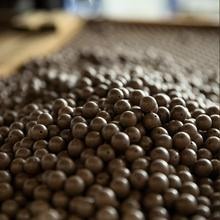
Modern research illuminates why these ancient aromatic practices show renewed relevance for sleep science. The neurobiological pathway begins when inhalation transports aromatic molecules to the olfactory bulb, which directly interfaces with the limbic system—the brain’s emotional core housing the amygdala and hippocampus. This privileged neural pathway explains scent’s unparalleled ability to evoke emotion and memory, bypassing rational processing centers. Crucially, calming fragrances trigger the release of melatonin, the hormone governing sleep-wake cycles, while reducing cortisol production associated with stress arousal.
The Science Behind Scent and Sleep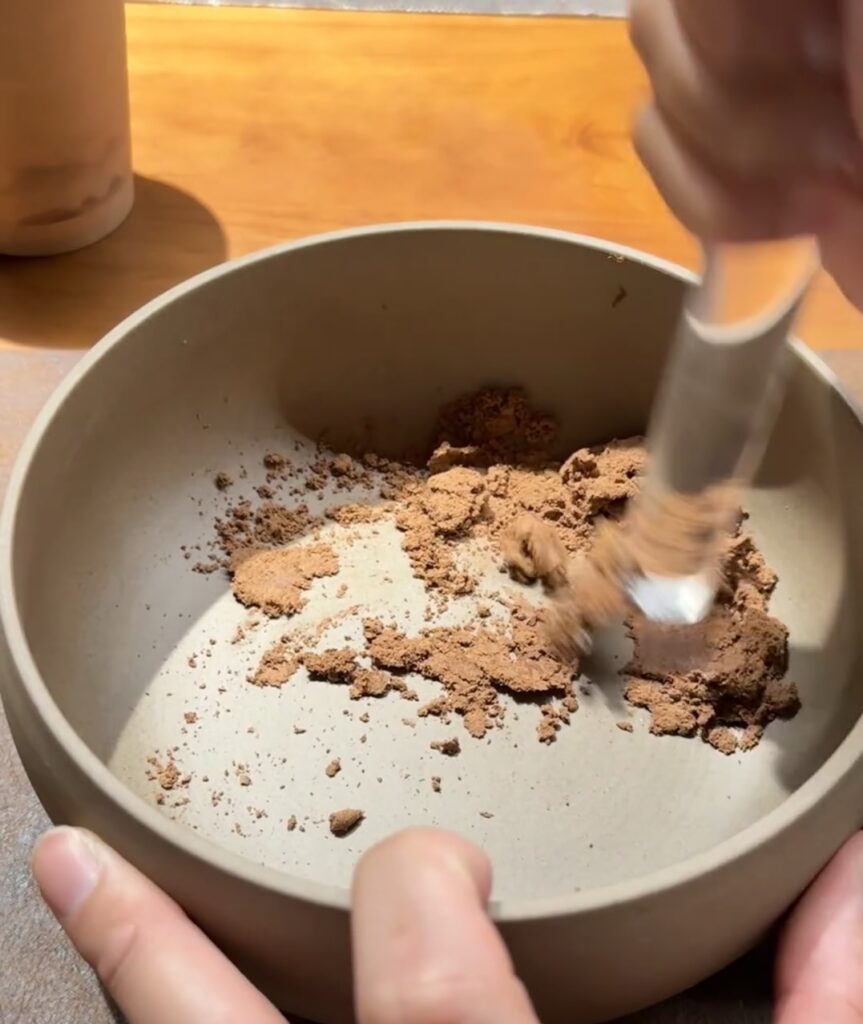
Traditional Incense Beads distinguishes itself from simple aromatherapy through sophisticated synergistic blending of ingredients targeting multiple sleep-disruption pathways simultaneously. Based on classical texts like the Kuangzhai Xiangpu, several formulas show particular relevance for modern sleep challenges
Sleep-Enhancing Incense Beads Formulas and MechanismsHistorical Origins of Blended Incense
The origins of incense use in China reach back thousands of years. By the Spring and Autumn period and the Warring States era (8th–3rd centuries BCE), records already indicate widespread use of aromatic plants. These materials were not limited to ritual offerings; they were also applied in medicine, perfuming, and daily life.
With the unification of China under the Qin and Han dynasties (3rd century BCE–3rd century CE), incense use expanded dramatically. Trade routes such as the Silk Road brought exotic spices and woods into the Central Plains, while native herbs and resins were studied for both fragrance and therapeutic effect. During this period, incense was increasingly recognized as more than a luxury—it was also a functional medicine.
By the Wei, Jin, and Northern and Southern dynasties (3rd–6th centuries CE), scholars and physicians began compiling detailed records of incense recipes, known as fragrance formulas. These were not mere perfumes; they were structured medicinal blends designed to balance the body, treat illness, or influence mood. This was the true birth of blended incense: incense created by carefully combining multiple natural ingredients according to principles of pharmacology and philosophy.
Thus, true blended incense emerged as the intersection of three traditions: medicine, ritual, and aesthetics.
The Principles of True Blended Incense
At its core, blended incense is governed by the principles of harmony and balance. These principles mirror the structure of classical herbal prescriptions, ensuring that every component serves a distinct role in the final product.
- Monarch, Minister, Assistant, Guide
Monarch (Jun): The primary ingredient that defines the fragrance and therapeutic essence, often a rare wood such as agarwood or sandalwood.
Minister (Chen): Supporting ingredients that strengthen the effect of the monarch, adding depth or complementary tones.
Assistant (Zuo): Ingredients that correct, soften, or counterbalance excess properties, ensuring smoothness and preventing overwhelming qualities.
Guide (Shi): Harmonizers that unify the blend, helping the incense burn evenly and shaping the fragrance into a coherent whole.
This system prevents incense from becoming a chaotic mixture. Instead, it is an orchestrated composition, where each ingredient has its place, much like instruments in a symphony.
- Harmony of Human and Environment
True blended incense is not designed in isolation. Its creation considers:
The human constitution: whether a person requires cooling, warming, calming, or invigorating effects.
The seasons and climate: certain blends are suited for winter, offering warmth; others are cooling, ideal for summer.
The environment: incense interacts with space, atmosphere, and energy, and is designed to harmonize rather than overwhelm.
- Beyond Fragrance: Therapeutic Function
Unlike modern perfumery, where scent is primarily aesthetic, traditional blended incense was designed for physiological and psychological benefit. Ingredients were chosen not only for their aroma but also for their ability to regulate breath, calm the mind, aid digestion, improve sleep, or support meditation.
The Timeless Tradition of Scent
A Deep Dive into Scented Incense Beads for Mindfulness

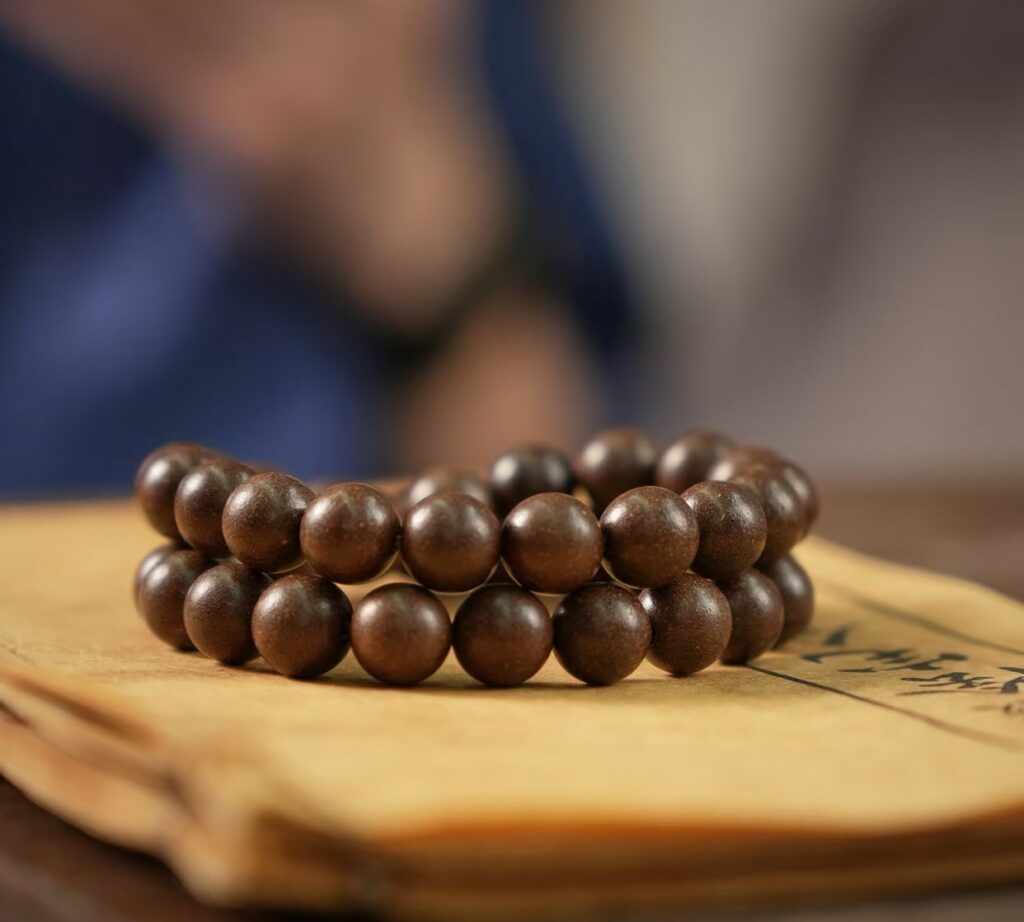
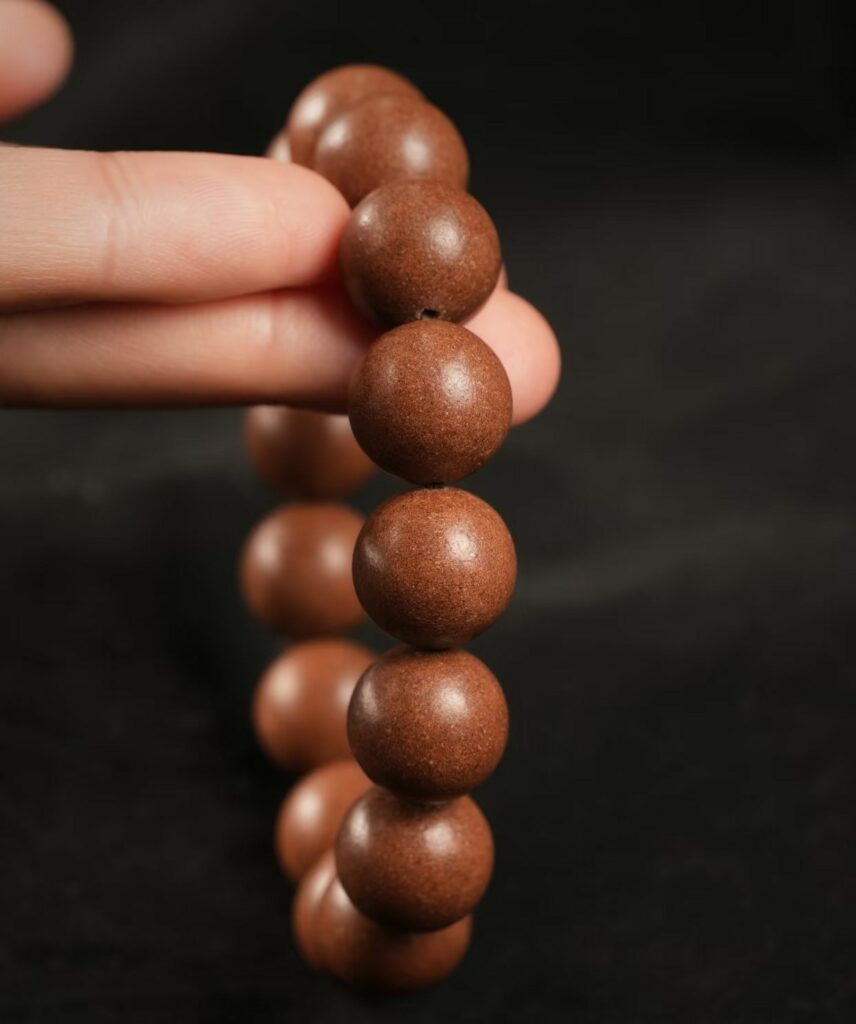
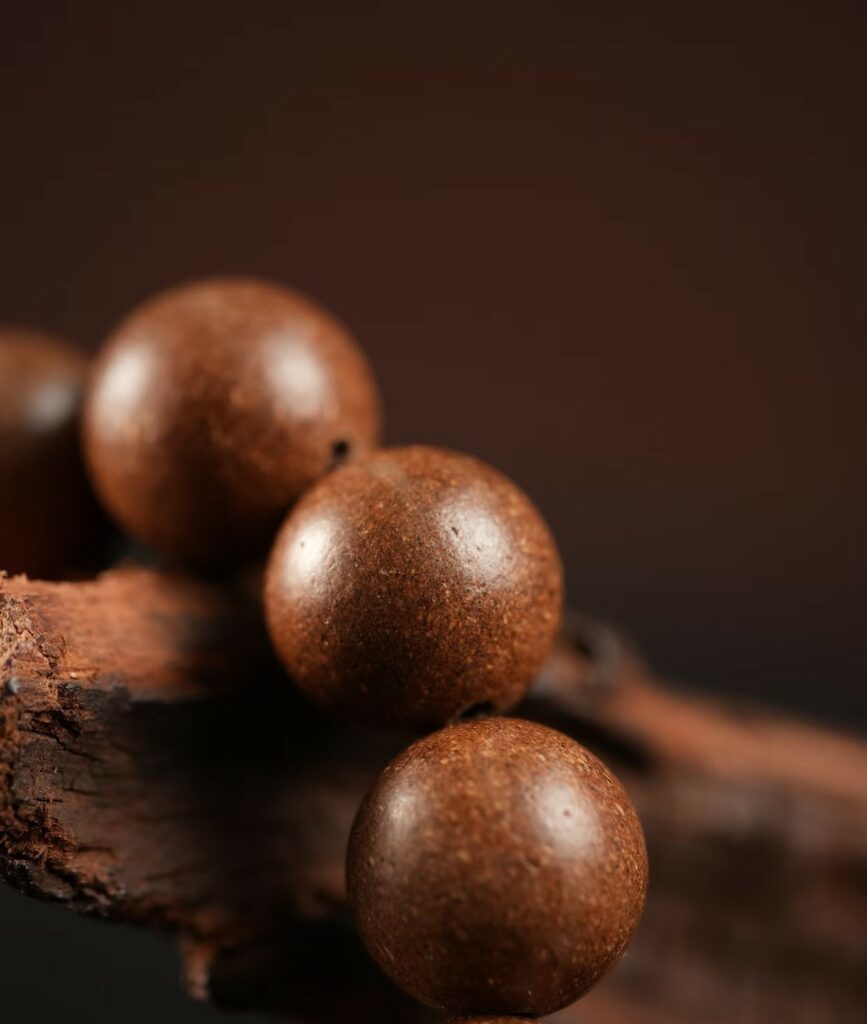
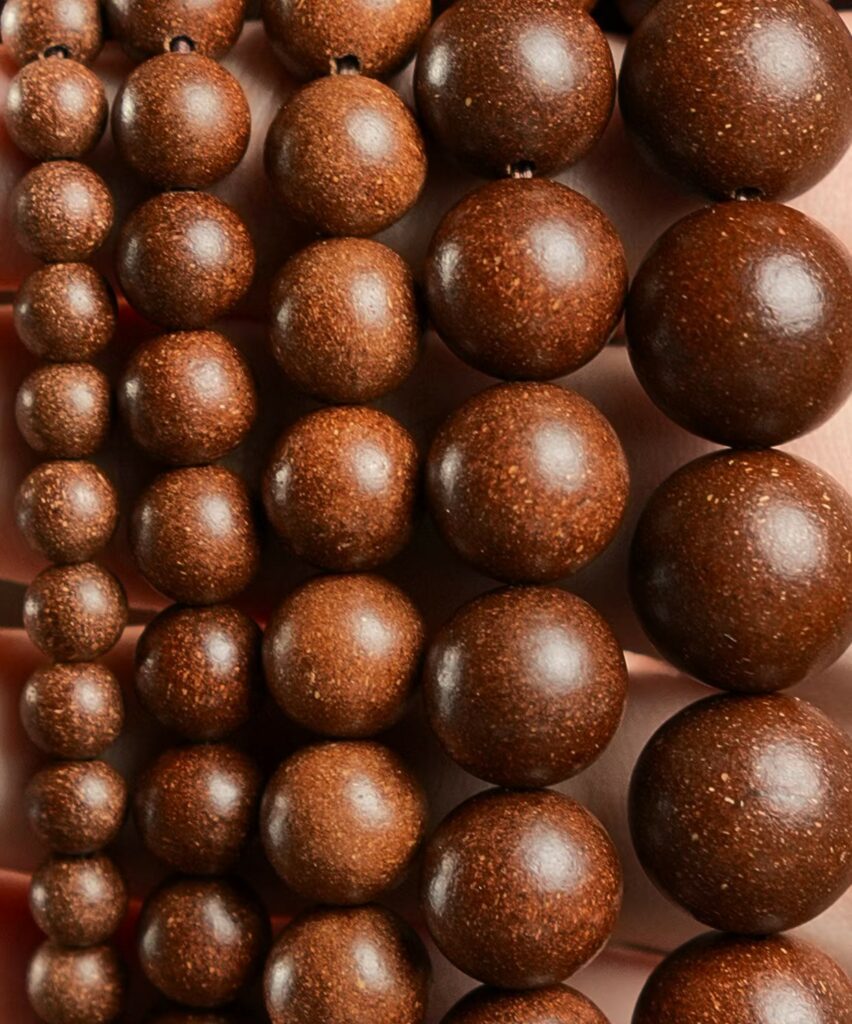
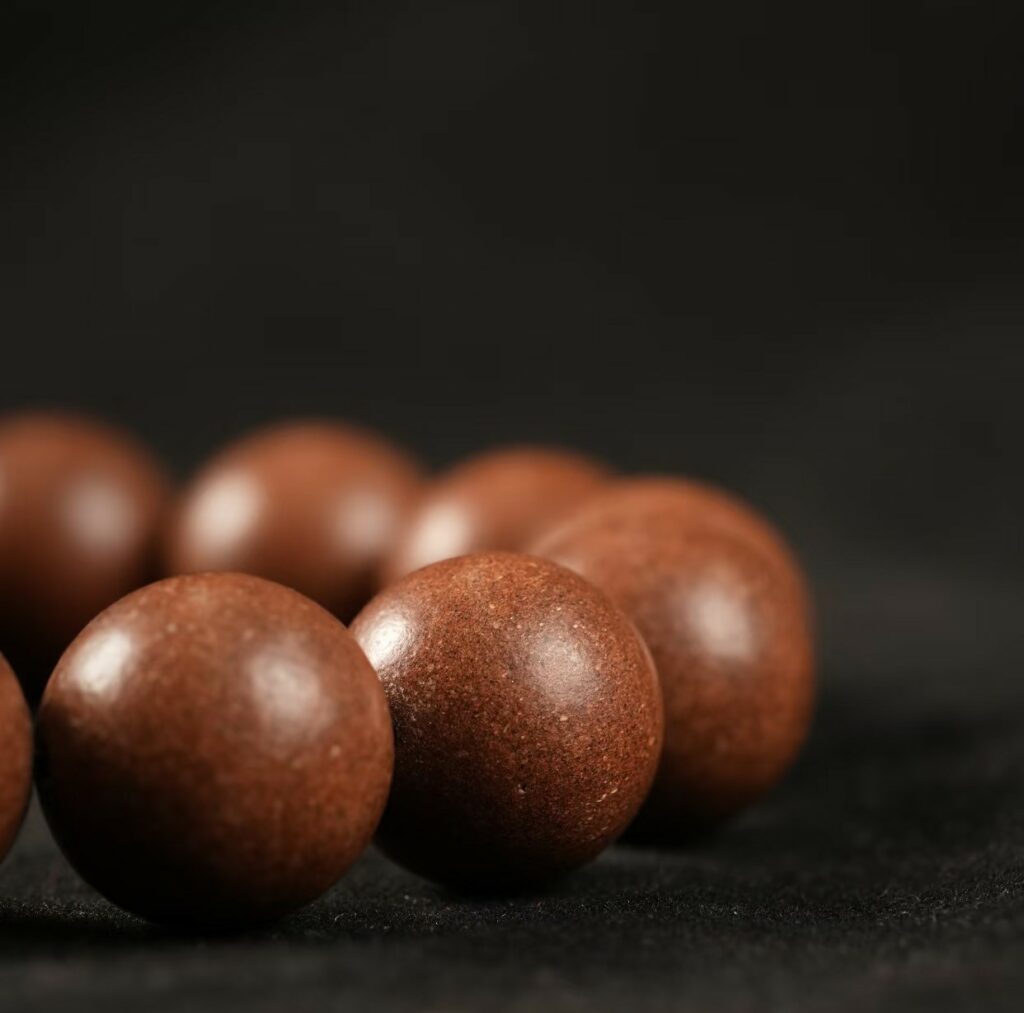
The Materials of Blended Incense
One hallmark of true blended incense is the exquisite quality of raw materials. Only the most precious natural substances are used, and each must be carefully prepared.
Precious Woods
Agarwood (Aquilaria, or “aloeswood”): Revered as the highest incense wood, known for its rich, complex, and transformative aroma that shifts between sweetness, bitterness, and cooling notes.
Sandalwood: Valued for its smooth, warm, creamy scent that promotes serenity and focus.
Clove, camphor, and frankincense woods: Used in certain blends for sharpness and clarity.
Resins and Rare Botanicals
Styrax and benzoin: Provide sweetness and depth.
Borneol and camphor: Cooling agents that refresh the senses.
Cinnamon and cassia: Add warmth and vitality.
Medicinal Herbs
True blended incense integrates herbs with recognized therapeutic functions. For instance:
Angelica root for circulation.
White orchid root (Bletilla) for smooth texture and harmonizing properties.
Herbal flowers and leaves for subtle aromatic variations.
Binders and Natural Adhesives
Unlike modern incense that often uses artificial binders, traditional blended incense relies on natural adhesives such as nanmu (phoebe wood), white orchid root, and honey. These not only provide structural integrity but also contribute subtle aromatic notes and medicinal value.
Luxury Scented Incense
Su Neihan's Yamen Incense
Su Neihan , better known as Su Shi (1037–1101) or Su Dongpo, was a polymath of the Song Dynasty—renowned as a poet, statesman, and incense master. His creation, Yamen Incense , epitomizes the literati tradition of Xiangdao ( “the Way of Incense”), blending olfactory artistry with philosophical refinement. Designed for use in government offices (yamen) and scholarly studios, this incense aimed to purify the mind, enhance focus during administrative duties, and cultivate inner tranquility amid bureaucratic pressures3. Unlike lavish imperial blends, Su Shi’s formula prioritized accessible ingredients, reflecting his Daoist-Buddhist ideals of simplicity and harmony with nature.
The Craft of Condensed Blended Incense
The making of true blended incense—especially condensed blended incense—is extraordinarily meticulous. Artisans insist that 33 stages of processing must be followed, each requiring skill, patience, and knowledge passed down through generations.
These stages include:
Selection – Choosing only the finest woods, herbs, and resins.
Purification – Removing impurities, washing, and preparing raw ingredients.
Crushing and Grinding – Reducing materials into powders of precise fineness.
Filtering and Sieving – Ensuring uniformity of texture.
Roasting and Drying – Enhancing aroma, preventing moisture damage.
Blending – Following the monarch-minister-assistant-guide principle.
Forming and Molding – Shaping the incense into sticks, coils, or beads by hand.
Condensing and Curing – Allowing the blend to rest and mature, so fragrances meld and stabilize.
Testing – Burning small samples to evaluate balance, projection, and subtlety.
Every step is performed manually, and master incense artisans often spend decades perfecting their technique. The craft is celebrated in traditional sayings such as “Soft as bone and wood, radiant as gold and stone”, emphasizing both the refinement of texture and the enduring nobility of fragrance.
The Distinction Between True Blended Incense and Common Incense
It is important to distinguish true blended incense from ordinary varieties. Commercial incense today often relies on synthetic fragrances, chemical binders, and machine production. While these may produce strong smells, they lack the depth, harmony, and therapeutic resonance of traditional incense.
True blended incense, in contrast:
Uses only natural, medicinal-grade ingredients.
Respects the balance of human health, environment, and season.
Is handcrafted with attention to both fragrance and function.
Embodies centuries of cultural refinement, artistry, and ritual use.
In short, true blended incense is not just a product; it is a cultural expression and a living art form.
Cultural and Spiritual Significance
Blended incense has always carried meaning beyond fragrance. In temples, it rises as an offering to the divine; in homes, it creates atmosphere for meditation, poetry, or study. Scholars of the past described incense as a companion to tea, painting, and music—a medium that refines the mind and connects human life with the rhythms of nature.
Philosophically, incense symbolizes impermanence. The smoke curls upward and disappears, reminding us of life’s fleeting beauty. Yet its lingering fragrance remains, echoing memory and spirit.
Blended incense also represents harmony between heaven, earth, and humanity. By uniting plants, resins, and minerals from diverse origins, it embodies the principle that balance and beauty arise through integration.
Conclusion: The Essence of True Blended Incense
To ask “What is true blended incense?” is to uncover a tradition that is both technical and spiritual. True blended incense is not a simple mixture of aromatics; it is the highest expression of traditional incense-making. It is crafted through:
The monarch-minister-assistant-guide system, ensuring harmony and balance.
The use of the rarest natural materials, including agarwood, sandalwood, and medicinal herbs.
Meticulous craftsmanship, refined through 33 stages of manual artistry.
Integration of medicine, aesthetics, and spirituality, uniting fragrance with function and philosophy.
True blended incense is thus a bridge between worlds: between past and present, between medicine and art, between the sensory and the spiritual. It is a living heritage, a testimony to the human pursuit of harmony with nature, and a reminder that fragrance is not merely to be smelled—it is to be lived, experienced, and contemplated.
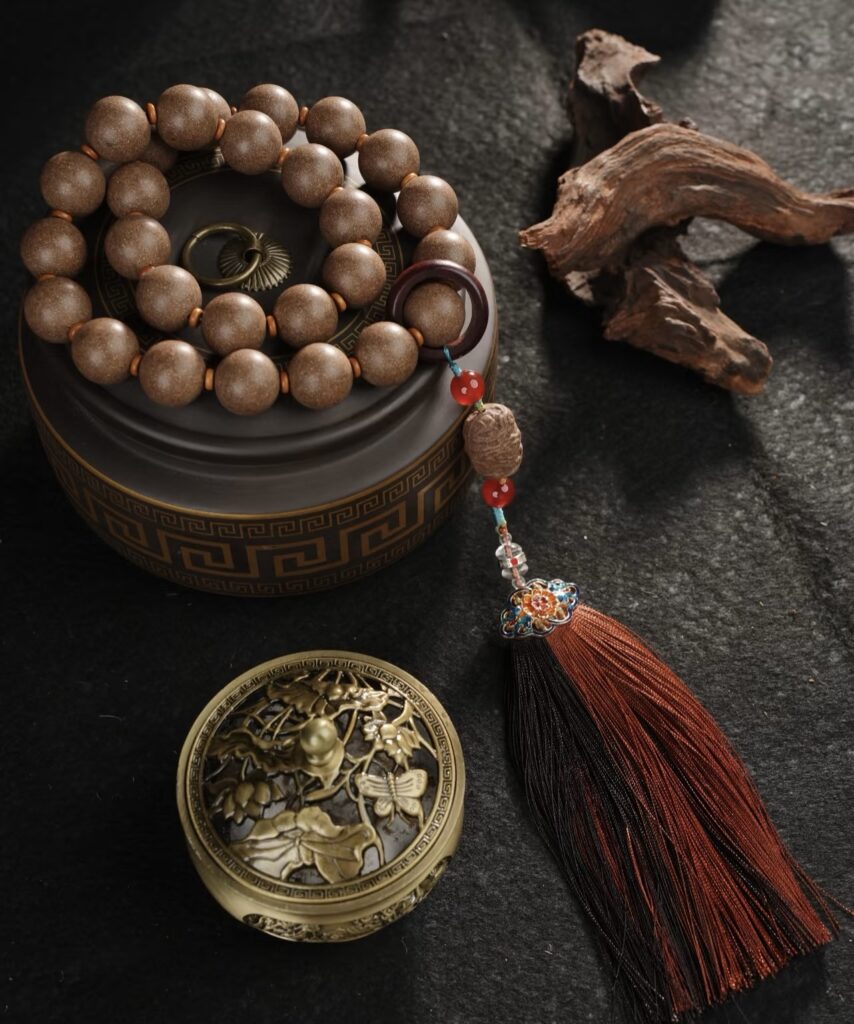
Chinese Scented Incense Culture
In the old world of scholars and monks, incense was never a luxury—it was a necessity. The ancients understood something we often forget: fragrance travels straight to the heart. Unlike words, unlike reason, scent slips beneath the surface, binding memory, stirring spirit, releasing tension.
Think of sandalwood. Its warmth doesn’t argue with you, it doesn’t demand. It simply grounds you, whispering: stay, breathe, do not drift away. Think of agarwood: deep, mysterious, with a gravity that pulls wandering thoughts back to center. Lotus petals soften anger into tenderness. Cinnamon ignites energy. Each scent speaks a different emotional language, and when blended into Scented Incense Beads, those voices become a chorus.
CONTACT US
Blended incense has always carried meaning beyond fragrance. In temples, it rises as an offering to the divine; in homes, it creates atmosphere for meditation, poetry, or study. Scholars of the past described incense as a companion to tea, painting, and music—a medium that refines the mind and connects human life with the rhythms of nature.
Philosophically, incense symbolizes impermanence. The smoke curls upward and disappears, reminding us of life’s fleeting beauty. Yet its lingering fragrance remains, echoing memory and spirit.

